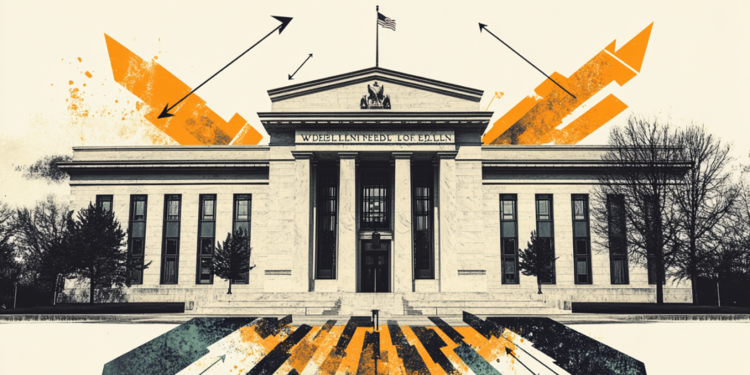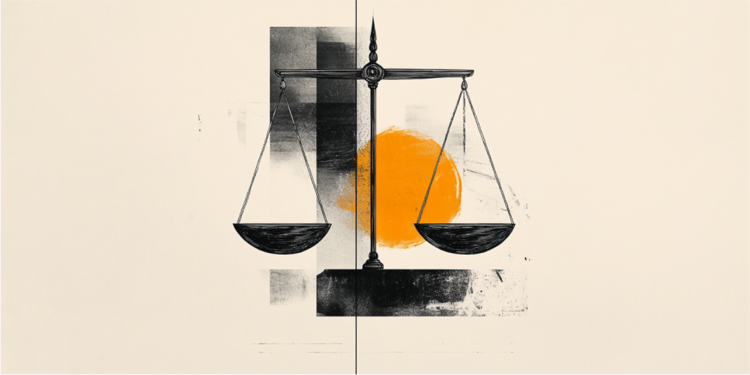The strong appreciation of the exchange rate that we have seen since January has been surprising. If 2021 ended with the real so weakened, the first three months of this year threw our currency in the opposite direction. With the exchange rate today around R$/US$ 4.6, there is a doubt as to the reason for this strong fall and also the following question: does it fall further or rise again?
The exchange rate is the most treacherous variable in economics, with explicit difficulties for econometric models to make an accurate prediction. In general, we understand the dynamics of exchange rate movements that have already passed, but the adventure of forecasting is always a very complex exercise. There are possibilities, but they are so open that the risk is always too great to nail a number. Anyway, it is possible to understand what is happening at the moment with the exchange rate and there are some reasons that explain the drop.
First, the strong interest rate differential attracts short-term capital. With the Selic still accelerating, possibly reaching above 13% in the next meetings, and the US Federal Reserve just now signaling an increase, the interest rate differential is largely favorable to Brazil. The Brazilian rate rose much more intensely than the American rate and this helps to explain the inflow of short-term capital.
Second, commodity prices returned to have a direct and contrary relationship with the exchange rate. This was not the case in the last two years, as shown in Graph 1, in which both the exchange rate and prices rose sharply. This stemmed from the government’s misguided response to the pandemic and the fiscal uncontrol that followed in 2021, culminating in the breaking of the cap rule in the second half of the year. With commodities accounting for around 40% of Brazilian GDP, the rise in their prices helps to increase the trade balance and attracts investment, including on the stock exchange for companies in the sector.
The third factor allows the second to occur. This is simply the perception that there is a certain lull in fiscal policy and in politics itself at the moment. There is a waiting period in relation to the election that takes pressure off politics right now. In other words, nothing could be worse than breaking the ceiling rule as was done last year. But more than that, there are positive results in the fiscal sphere at the beginning of the year that also arise from commodities. The strong expansion of prices in reais in the sector allowed for a strong increase in collection (chart 2).
An econometric exercise shows the very strong weight of GDP and commodities to explain such strong collection in recent months. The fiscal is long to be resolved, but this short-term gift will help take pressure off a policy that has been so poorly handled in recent years. The calm policy helps to normalize the exchange rate relationship with other variables.
Finally, the Ukraine war took Russia off investors’ radar. The financial system needs to reallocate its portfolio and there is nothing more interesting than having a Brazil with the three previous conditions able to receive capital at a time of so much turmoil in Eastern Europe. It reinforces the idea that Brazil is an important attractor of capital due to the weight of commodities, both food and energy, which will be increasingly essential in the coming years.
Looking forward, the last two points may change. There is a lot of political turmoil ahead due to the election, which, apparently, will be very disputed. And the Ukraine war could go from the hot war to the cold war between the West and Russia, which takes some of the current pressure off, accommodates commodities and eventually normalizes the capital fluctuations we are seeing now. We cannot forget that it is in the interest of the West that Russia does not completely disintegrate, as it is a nuclear force that cannot be left completely in decay due to the risks it poses to the West itself.
This being true, there are doubts as to whether the exchange rate will follow a downward trajectory or whether it will not return to above 5 in the second half, especially with such a turbulent political scenario. If that happens, it will bring even more difficulty to the Central Bank and put the recovery in 2023 even more at risk. Another point of concern for the next president.
Source: CNN Brasil
I am Sophia william, author of World Stock Market. I have a degree in journalism from the University of Missouri and I have worked as a reporter for several news websites. I have a passion for writing and informing people about the latest news and events happening in the world. I strive to be accurate and unbiased in my reporting, and I hope to provide readers with valuable information that they can use to make informed decisions.







